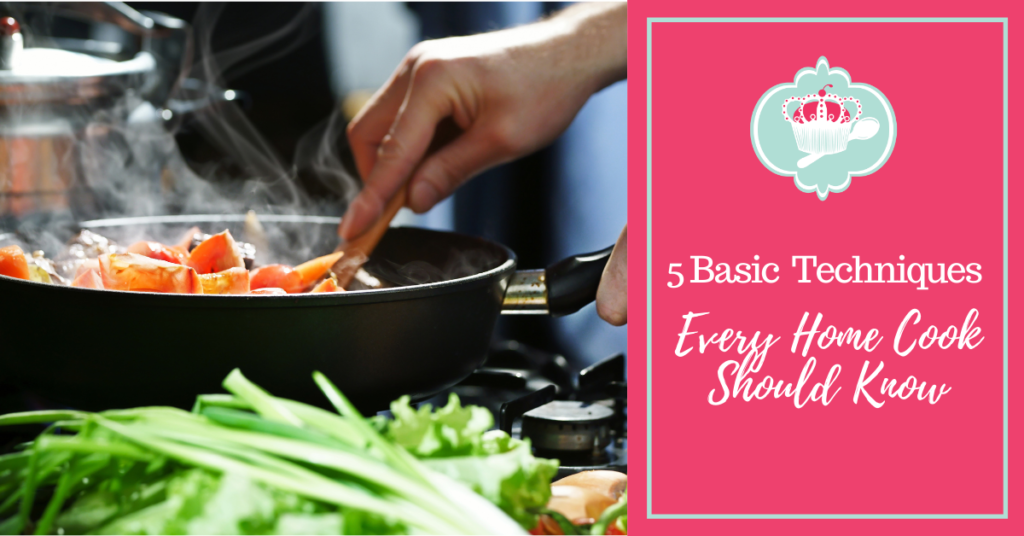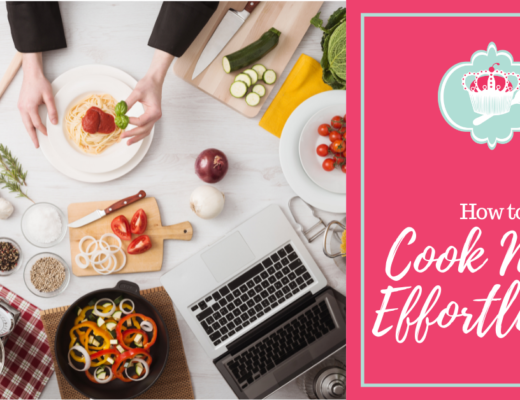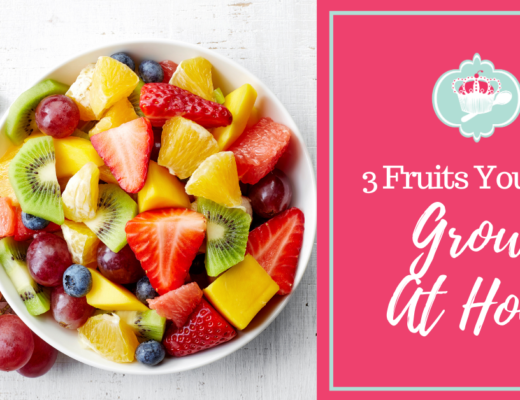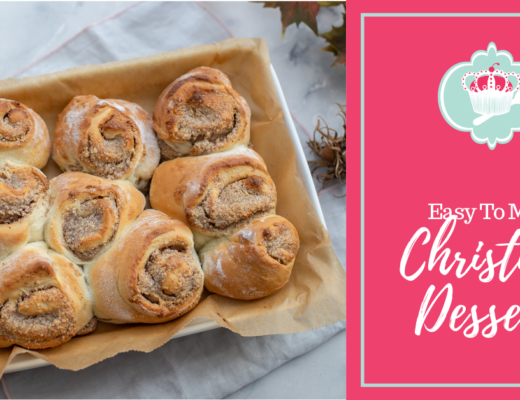
Guest Post by Claudia from mealfan.com
When I was little, before my mom discovered how to cook with wine and make a great cheese sauce, we ate a lot of egg noodles, spaghetti, and potato salad. Her mother wasn’t that interested in cooking, and I remember the simple boiled onions that were served with plain unseasoned turkey, mashed potatoes with gravy and the requisite cranberry sauce every Thanksgiving when we went over to her house and ate at our respective tables for little people and adults. My dad frequently lamented the fact that he couldn’t ever get a meal that wasn’t boiled. What I wanted to know was: what does “boiled” mean?
Since then, my repertoire has broadened and I can now not only boil eggs with the best of them, but I learned that food can taste a whole lot better if you know the right way to cook each kind. I think maybe without being aware of it, that’s what my dad was alluding to. Since boiling was a foregone conclusion, I set my sites on other ways to try to get different foods to speak to me about what they could do. Once I learned a few things from them, a whole another world opened up. My kitchen became a portal to aromas, textures and the blending of flavors that could never be accessed by boiling.
Boiling will always have its place, especially in terms of its ability to get the most out of what’s being boiled. It’s a great way to get soups, casseroles and sauces that can be used in an additional dish or meal. And it will always have its place in my heart. Here are 5 other cooking techniques that I found the most useful overall for my own kitchen portfolio, which is generally pretty light on meats. I’ve found that they fit really well with the meal kit delivery service ingredients like Purple Carrot that I tend to like the most.
Steaming
A mere step up from boiling, steaming is a great option if you want to preserve the color, flavor and nutrients in your food. Basically, you’re cooking the food in a bath of moist heat. The food sits in a pot with enough headroom to accommodate a steamer. These aren’t expensive and they’re easy to find in any department store. The trick to steaming is to make sure that the steam can circulate freely in and around the food so it cooks evenly. Steamed foods are great for special diets and are popular in Oriental cooking.
Stir Frying
Next comes stir-frying. Another cooking technique that’s frequently used in Oriental cuisine, stir frying can use oil or not. It’s best done in a wok (a large pan that resembles a metal salad bowl). A wok can do a lot of things at once. It can boil, steam, fry and keep foods warm on a rack that affixes to one side at the top. The heat concentrates in the metal at the bottom near the heat source and increasingly diminishes the farther up you go. Horizontal ridges inside the wok hold the food in place, letting you choose the intensity of heat at which the food cooks.
Sauteeing
Another cooking technique I use a lot is sauteeing. Sauteeing is the next logical step up from stir-fry in that the food gets turned frequently to keep it from spending too long in any one place — unlike frying, which generally only needs one flip to cook the other side. Sauteed ingredients are usually chopped, diced or sliced before going into the pan, and a small amount of oil helps to keep the cooking even and prevent sticking. You can get some really nice dark flavors from sauteeing, like when onions caramelize.
Roasting
Roasting vegetables, especially winter and root vegetables, is one of the best ways to bring out their inherent richer flavors. Cauliflower wasn’t one of my favorites unless it was thoroughly drowned in a cheese sauce — until a friend roasted one for me. It tasted incredibly sweet and nutty and needed nothing. So simple, just a little olive oil before going into a 450-degree oven for three-quarters of an hour.
Baking
Baking is a longer-term cooking technique, somewhat like steaming without the moisture. Baking will fill your entire home with aroma for hours. It’s probably closer to roasting, as it uses dry heat in the same way but just within a lower range. Baking is a really versatile way to cook things, as just about any kind of food does well with it. It’s especially nice because those delicious aromas that are so much a part of the food and cooking experience merge and develop over the time the food is baking. Makes me want to go bake a spice cake.
Whatever cooking methods you decide to use, one thing that absolutely makes the difference between a good meal and a great meal is the quality of the ingredients. That was the main reason that the cauliflower was so delicious — it had been picked out of a local garden and bought that morning at a farmer’s market. As with most other things, a lot is in the details, and the little things really do count. So the handier you get with a few different cooking techniques, the more you’ll be able to experiment and have fun learning what foods have to tell about themselves. Maybe people will even start to call you the “food whisperer…”




[…] market ingredients to keep their costs low. However, this means that you need to be able to vary your cooking style – and therefore equipment – to make the most of each ingredient. Soft and tender asparagus […]